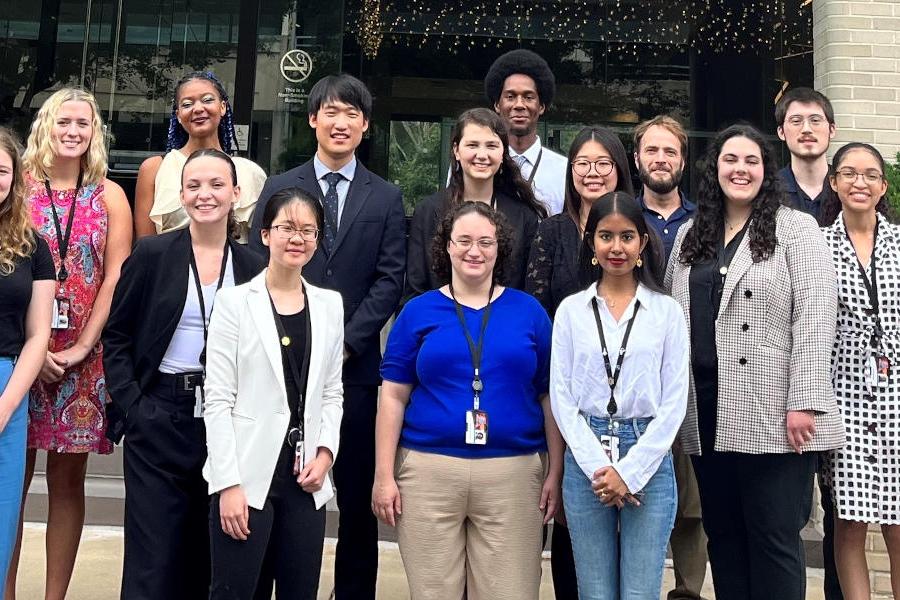Astrophysics

Reaching for the Stars: Physics Major Participates in 'Dream' Internship
The NASA-affiliated Space Telescope Science Institute (STScI) in Baltimore, Maryland, was founded in 1981 as the home base for Space Telescope operations. Now, it similarly functions as the center for science operations of the Hubble and James Webb Space Telescopes (JWST). The institute offers in…
Research Update: Studying neutron stars with gravitational waves
Neutron stars are some of the densest objects in the universe, and as such, the conditions at the cores of these extreme objects are impossible to reproduce on Earth. However, we can use data from the Laser Interferometer Gravitational Wave Observatory (LIGO) and the Virgo gravitational wave detector to gain insights into the physics of neutron stars.

New Collaboration to Provide Real-Time Data Exchanges for Astrophysicists
What happens when two neutron stars collide? What extreme densities and temperatures are reached? What new states of matter exist within the core of a neutron star? One 51���� College of Arts and Sciences theoretical astrophysicist, Veronica Dexheimer, associate professor in the Department of Physics, is diving headfirst into these questions as a co-principal investigator collaborating with her peers at multiple institutions on a recently funded cyberinfrastructure research grant project.